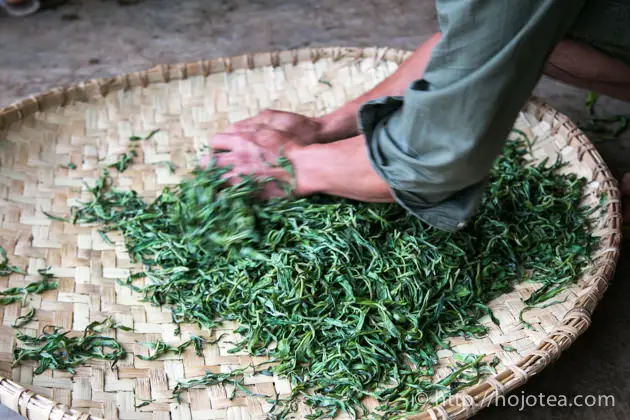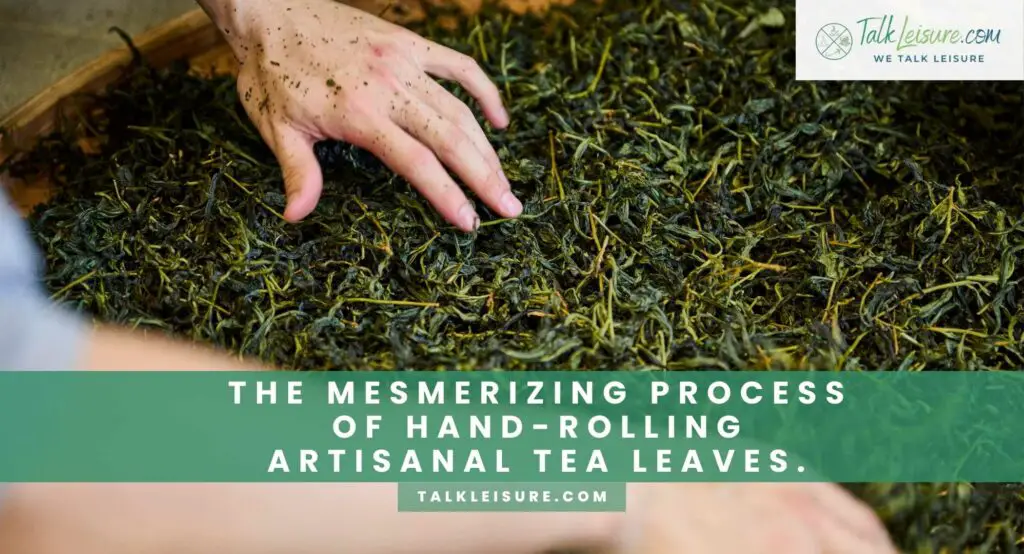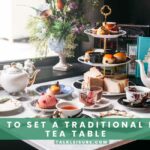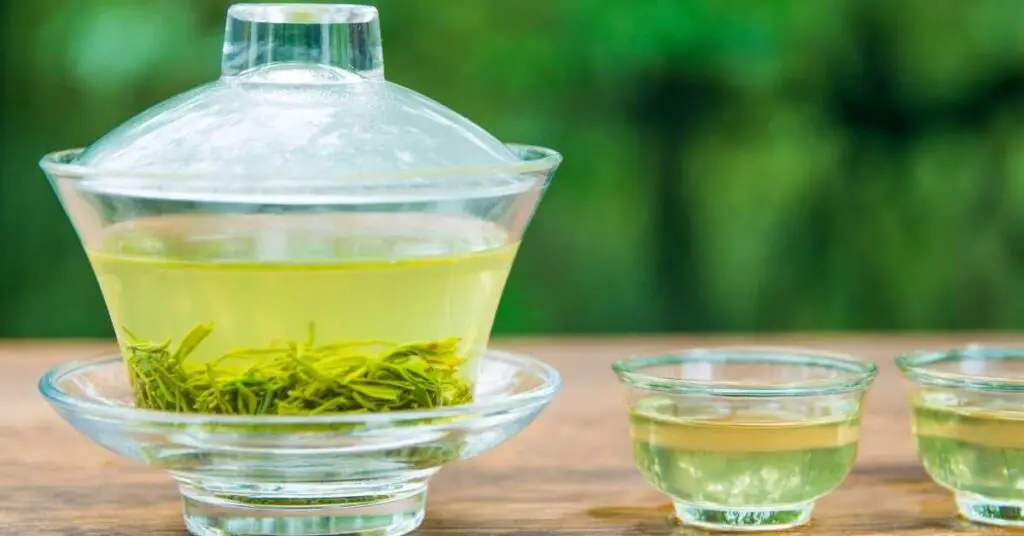When it comes to tea, there are many different ways to prepare it. One popular method is known as rolling. This involves taking the tea leaves and rolling them into a ball before brewing.
If you’re interested in trying this method, it’s important to use the proper technique. Here’s a quick guide on how to roll tea leaves:
1. Start by placing the tea leaves in your palm.
2. Use your other hand to roll the leaves into a ball gently.
3. Once the leaves are rolled, place them in your teapot or cup.
Rolling tea leaves is a great way to get the most flavour out of your tea. In this article, we’ve provided a quick guide on rolling tea leaves.
What is Tea Rolling?
Tea rolling is a method of processing tea leaves that results in a unique flavour and aroma.
The rolled leaves are then dried and can be used to make tea. This type of tea is typically grown in the mountainous regions of China and Japan.
The rolling process breaks down the cell walls of the tea leaves, releasing their natural flavours and aromas. It also helps to preserve the leaves for a longer period of time. Tea that has been rolled is typically darker in colour and has a stronger flavour than other types of tea.
If you’re looking for a unique, flavorful cup of tea, try a tea that has been rolled. You’ll be pleasantly surprised by the results!
Type of Tea Leaves Use For Rolling
Different types of tea leaves can be used for rolling, depending on the desired results.
For example, black tea leaves are often used to produce a strong, robust flavour, while green tea leaves are typically used to create a more delicate and nuanced taste.
Herbal teas can also be rolled, and these usually have unique flavours that depend on the type of herb used. Some popular herbs for rolling include chamomile, lavender, and mint.
When it comes to rolled tea, there are many different flavour profiles that can be achieved by using different types of leaves. It all depends on what you’re looking for in your cup of tea!
How to Prepare The Tea Leaves For Rolling?
To get the best results when rolling your own tea leaves, it is important to start with properly prepared leaves. Here are some tips on how to get your leaves ready for rolling:
– Start with fresh, good-quality tea leaves. If possible, pluck the leaves yourself or buy them from a trusted source. Avoid using pre-packaged or processed leaves.
– Wash the leaves thoroughly. This will remove any dirt, dust, or pesticide residue that may be on the leaves.
– Shuffle lightly between fingers. Pick up the damp tea leaves and shuffle them lightly between your fingers.
– After the leaf had been steamed and was lying on a hot, paper-covered surface, the raindrops pattered across it to remove the water and help dry the surface so that it would be easier to roll.
The Different Ways to Roll Tea Leaves
There are different ways to roll tea leaves. The two most popular methods are the orthodox method and the traditional Chinese method.
Orthodox Method:
This is the most common way to roll tea leaves. It is also known as the Western or Indian method. The leaves are rolled in a cylindrical fashion and then twisted at the end. This method is mostly used for black teas.
Traditional Chinese Method:
The traditional Chinese method of rolling tea leaves is done by hand. The leaves are rolled into a ball shape and then twisted. This method is mostly used for green teas.
The Benefits of Rolling Tea Leaves
The benefits of rolling tea leaves are many. For one, it helps to release the flavour of the tea leaves. Additionally, rolling the tea leaves allows for a more even distribution of heat, which results in a more consistent cup of tea. Finally, rolling the tea leaves also helps to preserve their freshness and aroma. All of these factors contribute to a more enjoyable cup of tea.
Frequently Asked Questions Related to
1. How are tea leaves rolled into balls?
Most tea is made with machine-rolled leaves, although a few brands (like Traditional Medicinal) still use hand-rolled leaves. The hand-rolling process is more labour-intensive and results in a more expensive tea.
Machine-rolled leaves are produced by using a rolling machine that gently tumbles the leaves around until they are soft and pliable. This process breaks down the cell walls of the leaves and allows the flavour and aromas to be released.
2. What is the purpose of rolling tea leaves?
The goal of rolling tea leaves is to distribute the moisture on the surface of the leaves evenly.
Doing so allows for more even oxidation and, therefore, a better flavour profile. It’s also important to roll the leaves as soon as they’re picked in order to prevent them from wilting.
3. How do you process tea leaves?
There are four stages in the processing of tea leaves: withering, rolling, oxidation and drying.
Withering is the first stage and involves wilting the leaves to reduce their moisture content. This is done by spreading the leaves out in the sun or in a hot air room.
Rolling is the second stage and involves breaking down the cell walls of the leaves by rolling them between rollers. This allows for better oxidation later on.
Oxidation is the third stage and involves exposing the leaves to oxygen which causes them to turn brown. The level of oxidation determines whether the tea will be black, green or oolong tea.
Drying is the fourth stage and involves drying the leaves so that they can be packaged and sold. This is done by either sun-drying or by using a dehydrator.












